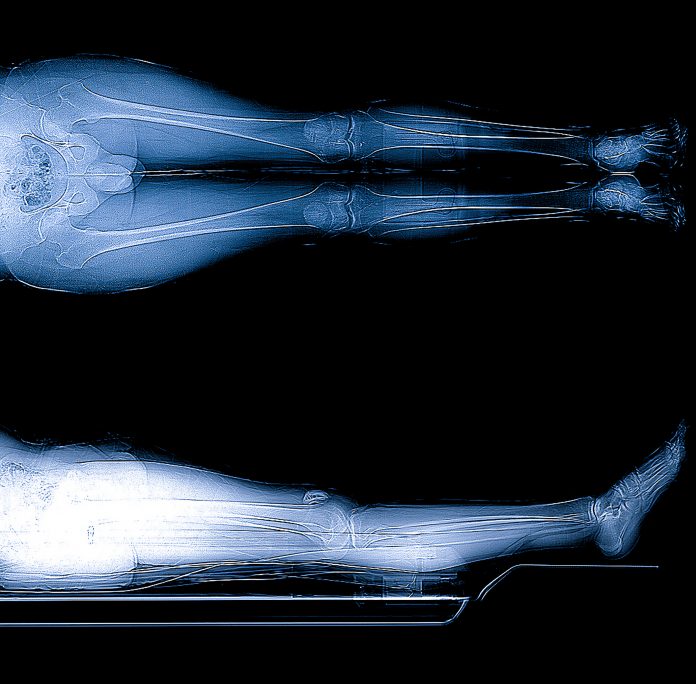Researchers have shed new light on the prevalence of rickets in children during the Industrial Revolution
Contrary to popular belief, the blame for the rampant vitamin D deficiencies cannot be solely placed on factory work and polluted cities. The study, funded by Marsden and recently published in PLOS One, looks into the lives of individuals from an industrial-era cemetery site in England, using innovative bioarchaeological methods to uncover the root causes of this health issue.
What caused the rickets?
Dr Annie Sohler-Snoddy, the lead author and Research Fellow in Otago’s Department of Anatomy, explains that while it has been assumed that factors such as working indoors, crowded housing and smog-filled environments contributed to the rise in rickets, the research offers a more refined understanding.
The team examined teeth from the archaeological site, seeking microscopic markers of nutritional disease. They discovered some of the first clear evidence of seasonal vitamin D deficiency in an archaeological sample.
The findings challenge conventional theories and highlight that latitude and seasonal lack of sunlight play a crucial role in the vitamin D levels of individuals living in the north of England.

Seasonal sunlight
“It’s more complicated than the factors associated with the Industrial Revolution, like working indoors more,” Dr. Sohler-Snoddy emphasises.
The study revealed markers associated with vitamin D deficiency in the interior part of 76 per cent of the teeth analysed. These markers occurred regularly, showing clear evidence of seasonal variations in vitamin D levels. This groundbreaking discovery suggests that the latitude and the amount of sunlight during different seasons were major factors influencing vitamin D production in the skin.
Dr. Sohler-Snoddy explains the significance of the findings, stating, “This is exciting because it highlights that latitude and seasonal lack of sunlight were major factors in the amount of vitamin D these people could make in their skin.”
The main causes of rickets: Tackling vitamin D deficiency
The conventional understanding of rickets during the Industrial Revolution focused on lifestyle factors such as prolonged indoor work and crowded, smoggy environments.
However, this research expands our comprehension of the issue, emphasising the impact of geographical location and the changing seasons on vitamin D levels. Vitamin D deficiency is associated with various negative health outcomes, including an increased risk for infectious diseases, cardiovascular issues, and cancers. Dr. Sohler-Snoddy stresses the importance of studying historical cases of vitamin D deficiency to inform modern approaches to the ailment.
“We tend to think of archaeological human remains as belonging to a different world, but our biology hasn’t changed in the last 200 years,” she notes. “Teeth provide a really important source of information for archaeologists as they form in a very precise chronology.”
The researchers highlight the unique advantage of studying teeth, as they lock in a record of a person’s development, and their tissues do not change over the lifespan. This allows scientists to gain valuable insights into the historical factors influencing health and, in turn, guides contemporary efforts to address vitamin D deficiency.











